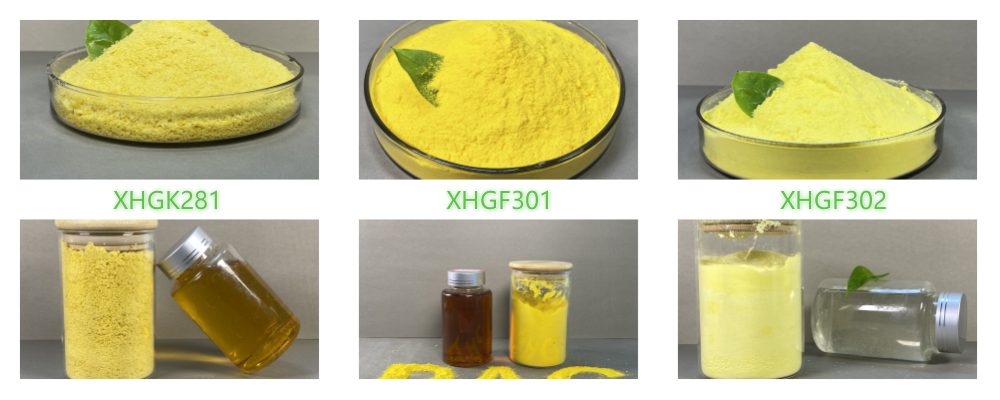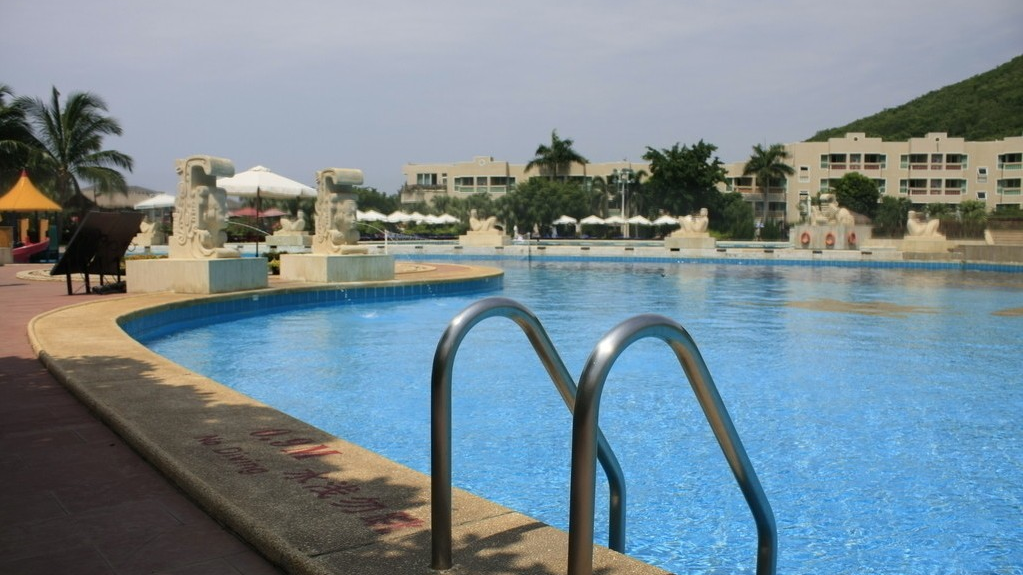The application and performance characteristics of Polyaluminum chloride(PAC) in swimming pool water treatment are summarized as follows:

Performance characteristics of polyaluminum chloride
- Large molecular structure and strong adsorption capacity:Polyaluminum chloride has a large molecular structure, which gives it strong adsorption capacity. It can achieve good treatment results and reduce treatment costs in small amounts of use.
- Good solubility and high activity: Polyaluminum chloride is easy to dissolve in water, has high activity, and forms large alum flowers with fast settling speed. Its purification ability is 2-3 times higher than other inorganic flocculants.
- Strong adaptability: Polyaluminum chloride is less affected by water pH and temperature, and the treated water quality can meet drinking water standards with low levels of cations and anions, which is beneficial for subsequent treatment.
- Low corrosiveness and easy operation: When using polyaluminum chloride for water treatment, it has less corrosiveness to the equipment and is easy to operate, which can improve the labor intensity and working conditions of the dosing process.
- Good coagulation effect: Polyaluminum chloride can achieve good coagulation effect on raw water with severe pollution or low turbidity, high turbidity, and high chromaticity.
- Wide range of water temperature adaptability: Even at low water temperatures, polyaluminum chloride can maintain stable coagulation effect, especially suitable for northern China.
- Alum formation is fast and has good sedimentation performance: Alum particles formed by polyaluminum chloride are large and heavy, with good sedimentation performance and generally lower dosage than aluminum sulfate.
- Wide range of suitable pH values: Polyaluminum chloride can exhibit good coagulation effect in the pH range of 5-9, and excessive addition will not cause the adverse effect of water turbidity.
- High alkalinity and low corrosion to equipment: Polyaluminum chloride has a higher alkalinity than other aluminum salts and iron salts, which has a smaller corrosion effect on equipment, and the pH and alkalinity of the treated water decrease less.
Application of polyaluminum chloride in swimming pool water

Polyaluminum chloride is mainly used as a coagulant in swimming pool water treatment. The purpose of its coagulation process is to change the properties and states of suspended solids such as clay and bacteria in water, in order to facilitate subsequent filtration and removal through quartz sand filtration tanks.
Due to the presence of a large amount of small pollutants with a diameter of only a few micrometers to a dozen micrometers in the swimming pool water, as well as sweat, oil, cosmetics residue, microorganisms, and organic matter secreted during human movement, these impurities can cause the water to become turbid. However, relying solely on mechanical filtration methods is difficult to completely remove these small impurities.
Therefore, in order to enhance the filtration effect, it is necessary to add polyaluminum chloride to the circulating water. Polyaluminum chloride forms colloids in water through chemical reactions such as ionization and hydrolysis, and then combines with impurities and organic matter colloids in the water to form larger particles through the compression double layer effect, adsorption electric neutralization, adsorption bridging effect, and precipitation net trapping effect of colloids. These large particles are then filtered and removed through a quartz sand filtration tank, thereby improving the water quality of the swimming pool.
In summary, polyaluminum chloride is widely used in swimming pool water treatment due to its excellent performance characteristics and good coagulation effect.

